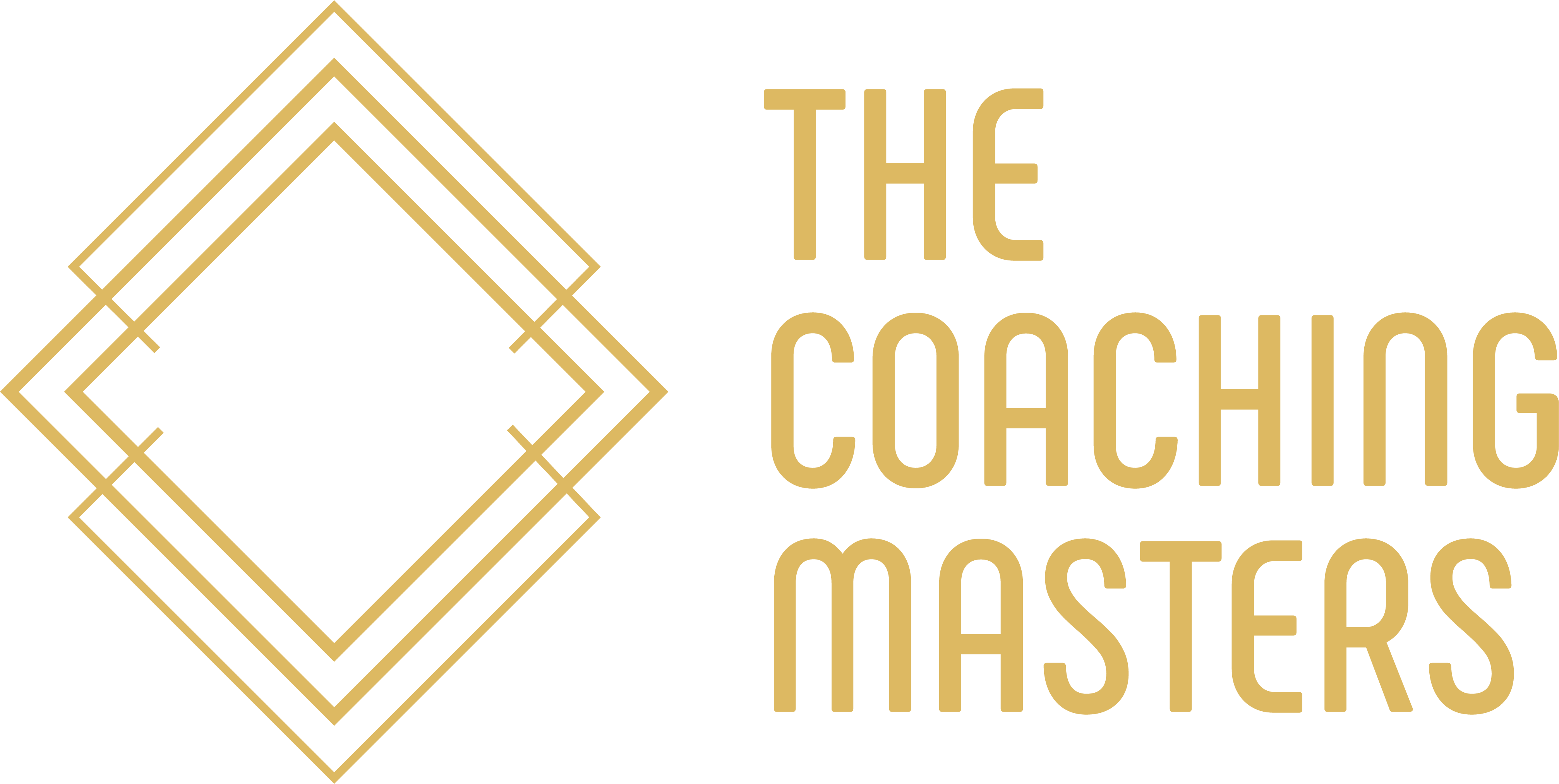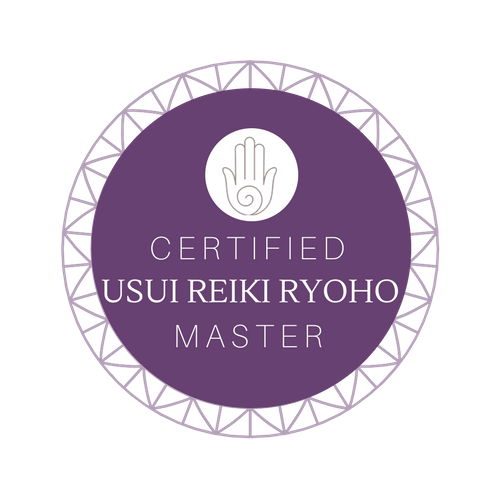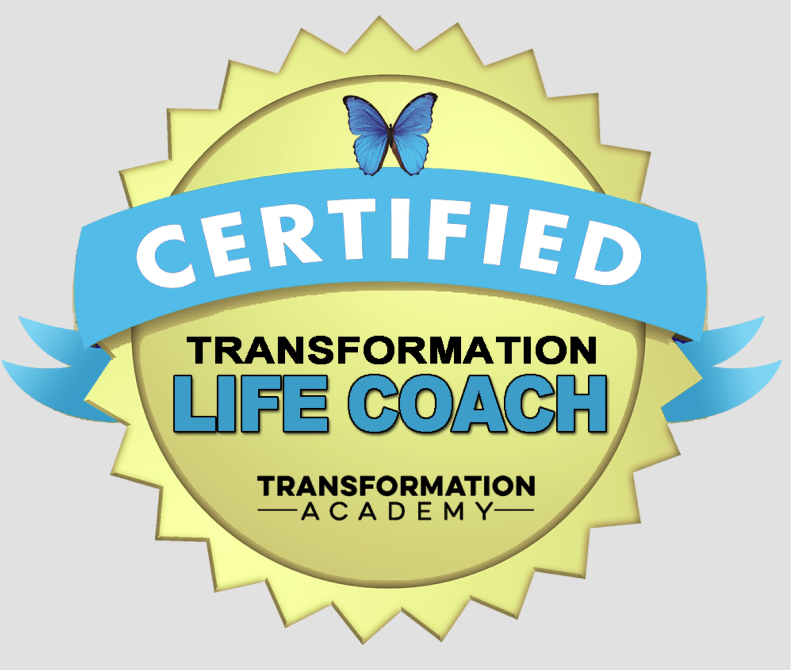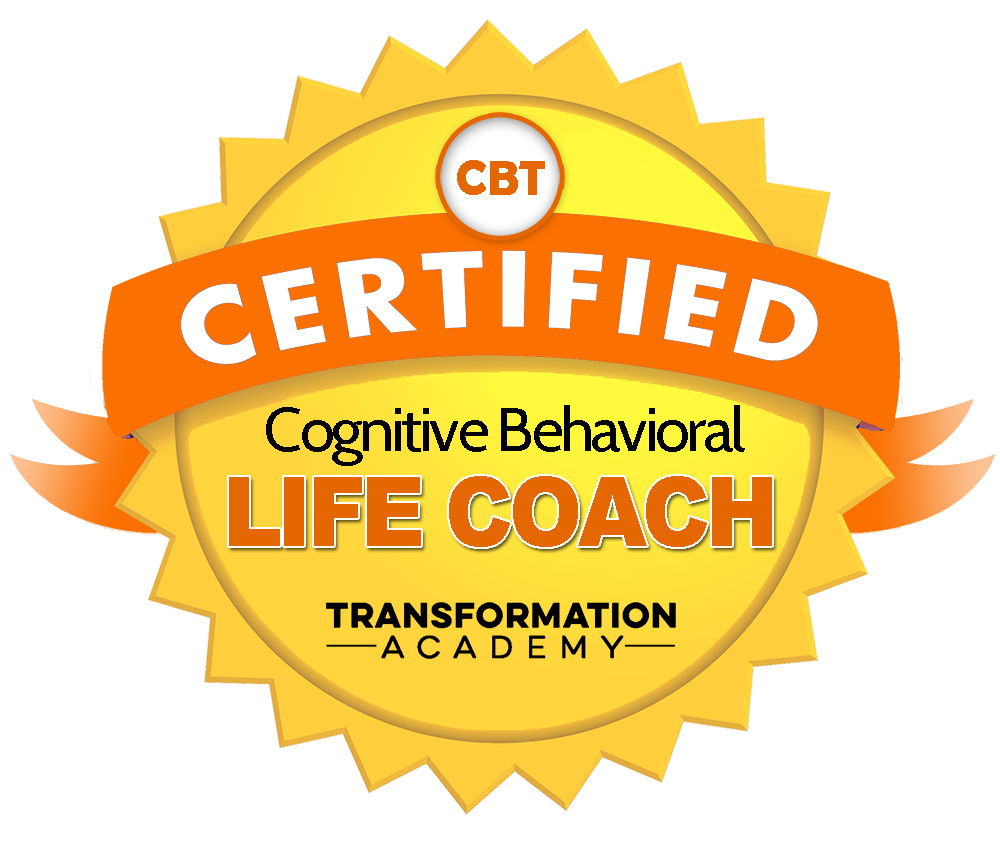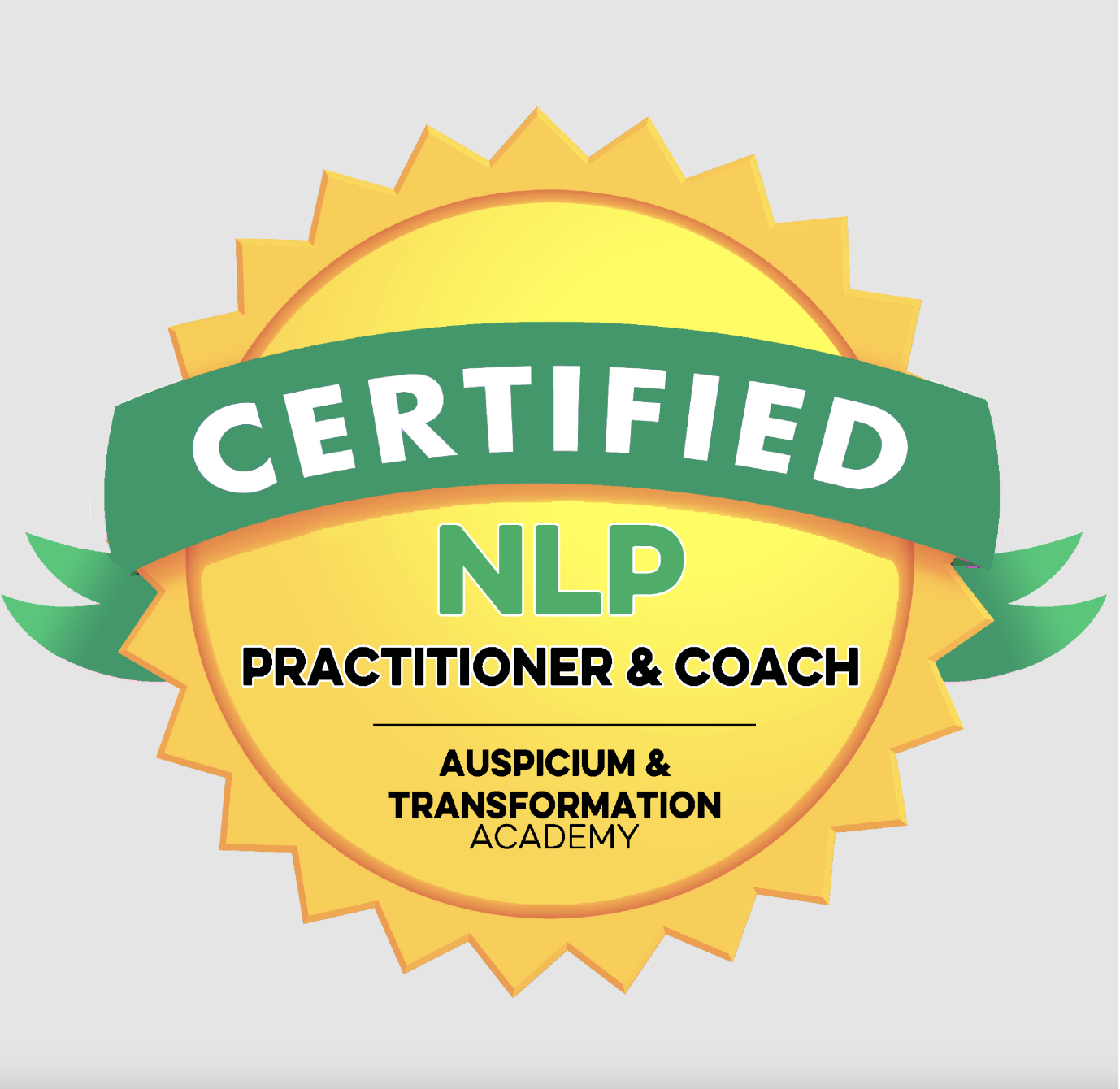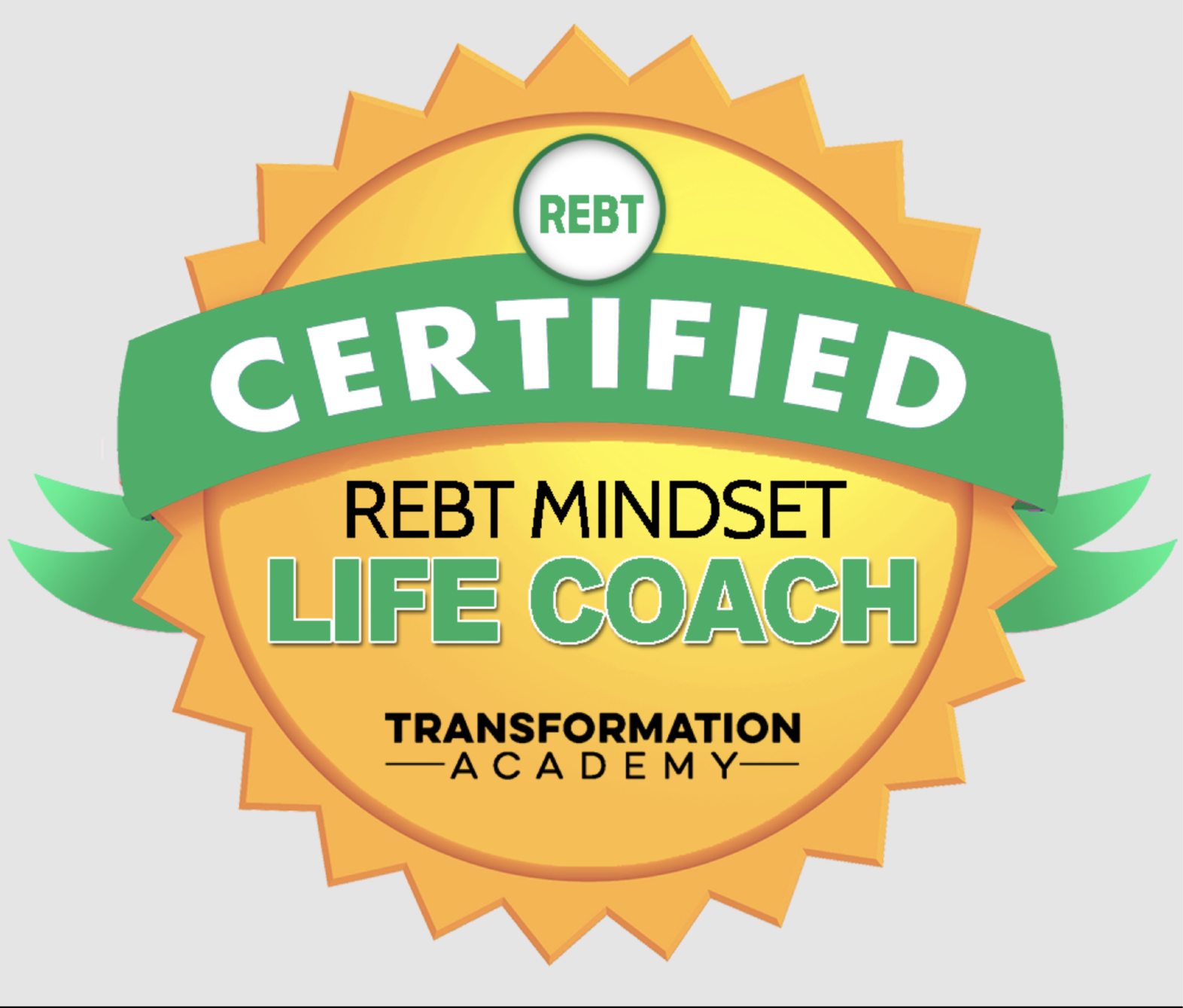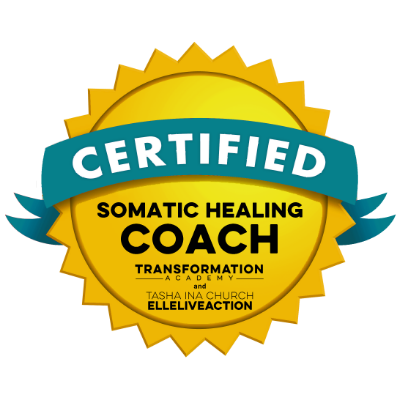Mastering Stress Through Biofeedback: A Modern Tool for Relaxation and Wellness
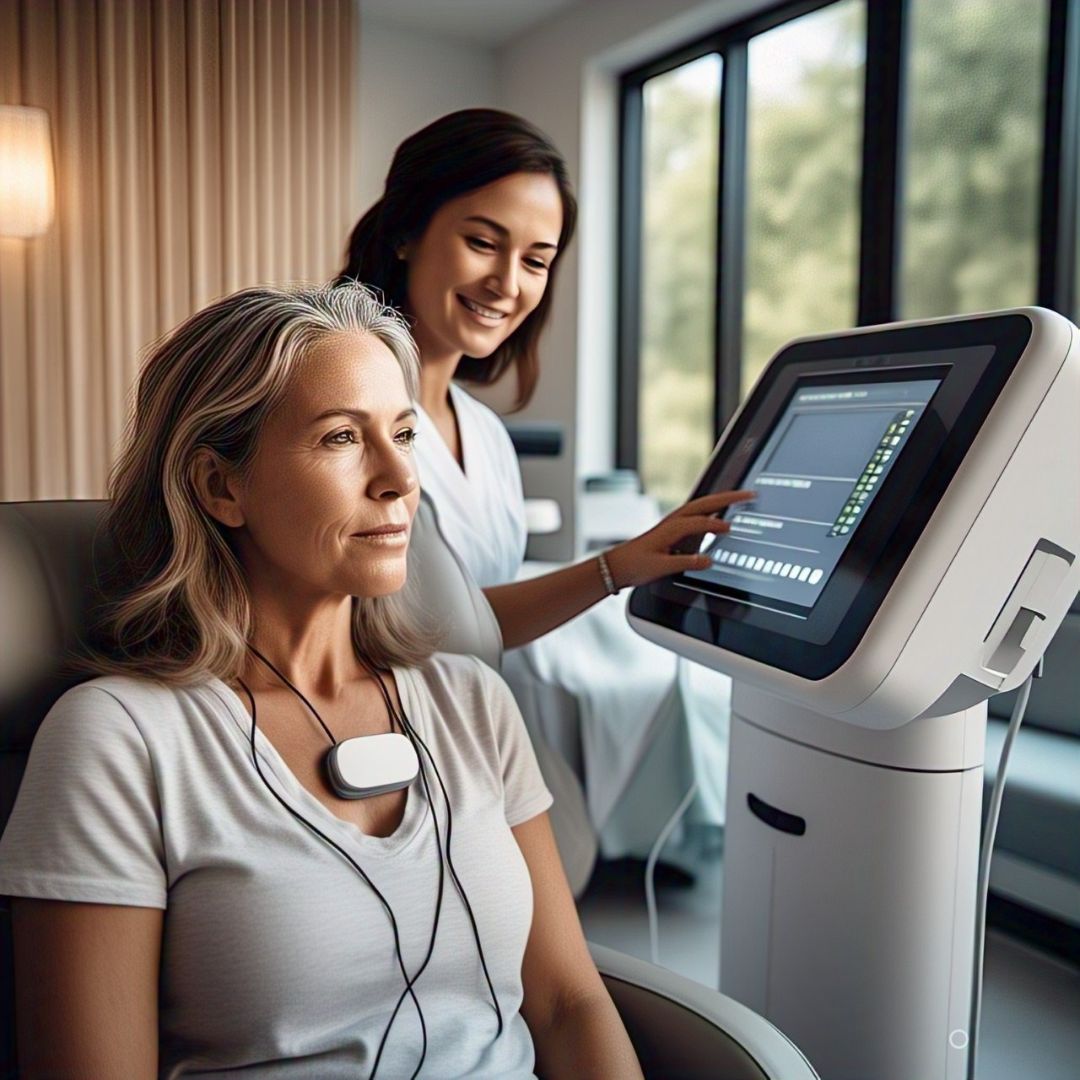
The Origins and Concept of Biofeedback
Biofeedback began gaining popularity in the 1960s and 1970s when the idea of mind-body interaction started to attract scientific attention. During that time, biofeedback machines even appeared in restaurants and public places as novelty items, giving curious individuals a glimpse into how their bodies responded to stress and relaxation. Fast-forward to today, and biofeedback remains a respected, research-backed technique used in clinical and therapeutic settings to help individuals learn how to manage stress and related conditions.
At its core, biofeedback is based on the concept that the autonomic nervous system which controls involuntary functions like heart rate, breathing, and muscle tension can be trained. With the help of specialized monitoring devices, individuals can receive real-time feedback about their physiological functions. This feedback is used to make conscious adjustments to those processes, improving one's ability to self-regulate and relax.
How Biofeedback Works
The process of biofeedback involves attaching sensors to the body to monitor functions such as:
- Heart rate
- Muscle tension
- Blood pressure
- Skin temperature
- Brainwave activity
These readings are then translated into visible or audible signals that the patient can interpret. For example, a monitor might display a line graph showing muscle tension, a tone that changes in pitch based on heart rate, or a light that blinks faster or slower depending on skin temperature. With guidance from a trained biofeedback therapist, patients learn to influence these physiological signals by altering their breathing, posture, thought patterns, or relaxation techniques.
One commonly used form of biofeedback is electromyography (EMG), which measures muscle tension. This method is particularly helpful for individuals suffering from chronic pain, migraines, or tension headaches, as it helps them identify areas of tightness and work on loosening those muscles through targeted relaxation.
Applications of Biofeedback
While biofeedback is not a standalone cure for any specific illness, it has been successfully used in managing a variety of conditions, including:
- Headaches and Migraines: By learning to reduce muscle tension and regulate blood flow, many patients find relief from chronic headaches.
- High Blood Pressure: Biofeedback can help patients become aware of stress triggers and practice calming techniques that reduce blood pressure.
- Anxiety and Depression: Learning how the body responds to stress can empower individuals to gain better control over their emotional states.
- Digestive Disorders: Some forms of biofeedback help people with irritable bowel syndrome (IBS) by improving gut-brain communication and reducing symptoms.
- Sleep Issues: Biofeedback can be used to train the body to relax more effectively, aiding those who struggle with insomnia.
- Heart Rhythm Disorders: By observing and adjusting breathing and posture, patients may be able to stabilize irregular heart rhythms.
- Rehabilitation: In cases of paralysis or neurological injury, biofeedback can support physical therapy by helping patients regain motor control.
Stress Profiles and Individualized Approaches
Before beginning a biofeedback program, many professionals recommend a stress profile. This involves using monitoring devices to record baseline physiological data such as blood pressure, heart rate, and body temperature. The patient is then exposed to a mild stressor, like answering rapid-fire questions or solving mental puzzles. This allows the practitioner to observe how the patient’s body responds to stress, and design a personalized biofeedback training regimen.
The success of biofeedback depends largely on the individual’s willingness to engage with the process. Since biofeedback is not a passive treatment, it requires active participation, concentration, and a genuine interest in exploring the connection between the body and mind.
Who Offers Biofeedback Therapy?
Biofeedback is typically administered by certified professionals trained in both the equipment and the therapeutic techniques necessary to guide patients effectively. These practitioners can include:
- Physical therapists
- Psychologists and counselors
- Nurses
- Psychiatrists
- Dentists (particularly for TMJ-related issues)
It’s essential that you work with someone properly trained and certified in biofeedback therapy. A referral from your family physician is a good place to start. In some cases, your doctor may recommend a full physical examination or even a neurological assessment before you begin, to determine whether biofeedback is a suitable option.
Biofeedback and Insurance Coverage
Because biofeedback is considered a complementary health approach, insurance coverage can vary significantly. Some insurance companies will reimburse patients for biofeedback used to treat conditions like migraines or chronic pain, while others may consider it experimental and deny coverage. Before starting treatment, it’s best to check with your insurance provider and ask about what is covered.
Empowerment Through Awareness
One of the greatest strengths of biofeedback is the way it empowers individuals to take charge of their health. Unlike pharmaceutical treatments, which often work in the background without the patient’s direct involvement, biofeedback makes you an active participant in your healing process. You become more attuned to how your body reacts to stress and how you can consciously bring about a more relaxed state.
This self-awareness doesn’t just help during sessions—it extends into daily life. People who practice biofeedback often report improved focus, greater emotional stability, and a better ability to manage daily stressors. It’s a tool that fosters long-term behavioural change by helping individuals understand the signals their bodies are sending them.
Limitations and Considerations
Despite its many benefits, it’s important to recognize that biofeedback is not a magic cure-all. It doesn’t eliminate the root causes of certain illnesses, nor is it guaranteed to work for everyone. Some individuals may not respond to biofeedback at all, while others may find it transformative. Success often depends on the individual’s mindset, consistency of practice, and the guidance of a skilled practitioner.
It’s also important to approach biofeedback with an open mind and a willingness to explore. For some, the idea of being connected to sensors and focusing on bodily functions might seem unfamiliar or uncomfortable at first. But with time and proper instruction, many find the process enlightening and deeply beneficial.
In Summary
In today’s fast-paced world, the ability to pause, reflect, and relax has become more valuable than ever. Biofeedback offers a scientifically grounded, personalized method of doing just that. By bridging the gap between the mind and body, it empowers individuals to take greater control over their health and emotional well-being. While it’s not a one-size-fits-all solution, biofeedback holds significant promise for anyone willing to explore its potential. Whether you’re dealing with chronic pain, stress, or just looking to improve your quality of life, biofeedback may provide the key to a calmer, more balanced you.
Click the link below to book your free clarity call or free virtual coffee chat.
Grab a copy of our newletter by completing the form below, this will then be sent to your inbox every month.
My Affirmation For The Week
"Creativity is contagious. Pass it on."
